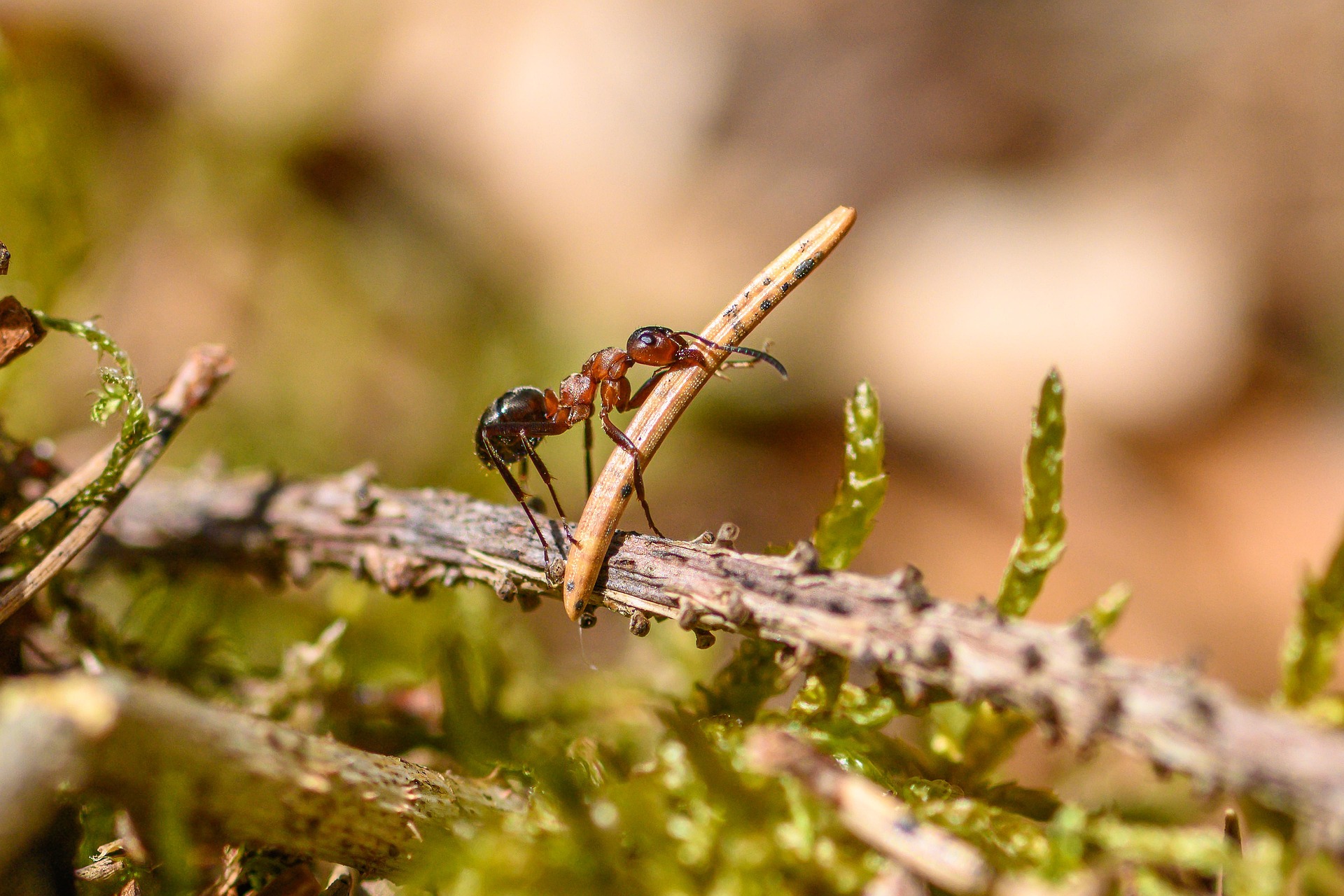Understanding the Intricate World of Ant Farms
Delve into the intricate world of ant farms, where minute beings construct masterpieces. Gain a new perspective on the complex social structure and engineering prowess of ants, right at home with an ant farm.

A Brief History of Ant Farms
Ant farms, also known as formicariums, were initially introduced in the early 1900s by Charles Janet, a French entomologist. His intent was to observe ant behavior above and below ground. However, it wasn’t until 1956 that Milton Levine commercialized the concept, selling ant farms as educational toys. This started a trend that’s still alive today, igniting curiosity in both children and adults about the world of ants.
Ant Farm: More Than Just a Toy
While ant farms are popular as educational toys, they serve a much broader purpose. They are practical tools for scientists researching ant behavior, ecology, and evolution, offering an up-close view of ant colonies’ function, structure, and adaptability. A single ant farm reveals an intricate, self-contained ecosystem that challenges our understanding of social structures and engineering.
The Astonishing Life Inside an Ant Farm
Intricate tunnels, meticulously planned chambers, and a bustling workforce – an ant farm is a testament to the ants’ industrious nature and remarkable architectural skills. Each ant, regardless of its role – worker, soldier, or queen – contributes to the colony’s survival. They exhibit exceptional teamwork, division of labor, and problem-solving skills, making ant farms a fascinating world to observe.
Ant Farms: A Trend in Pet Care
Ant farms are emerging as an unconventional pet trend. They require minimal maintenance, making them an ideal choice for those seeking a low-cost, low-care pet. A basic ant farm kit may cost around $10-$30, with more elaborate setups ranging from $50-$200. As a result, the ant farm market has witnessed steady growth, popular among both hobbyists and educators.
Learning From Ants: The Value of Ant Farms
Ant farms are not just about the ants. They’re about the lessons we can learn from these small creatures - diligence, teamwork, resourcefulness, and resilience. Observing ants can inspire us to appreciate the beauty of nature, the complexity of ecosystems, and the importance of every creature’s role in maintaining balance.
To sum up, ant farms offer a window into a world often overlooked, encouraging us to appreciate the intricacies of life at a smaller scale. They serve as a reminder that even the tiniest creatures can teach us valuable lessons about life and nature.




